How to use reverb pedals in your guitar signal chain and get the best from them
ThePedalZone's Stefan Fast explains early-chain and -end-of-chain reverb in the first of his Tonal Teamwork series
Hey everybody! My name is Stefan Fast and I’m a total pedalholic. Over the past 15 years, there hasn’t been a single day where I haven’t messed around with effects pedals or thought about interesting pedal combinations. My addiction actually runs so deep that I’ve been displaying it to the world for almost five years on my YouTube channel, ThePedalZone.
There are infinite magical possibilities present when you start to combine pedals and it’s those creative doorways that I want to help open for you guys through this new Tonal Teamwork series.
I’m dedicating the first instalment of this column to reverb pedals – my favourite effect of all time – and the cool tones you can conjure when you begin to acknowledge the existence of two different, broad types of reverb: end-of-chain reverb and early chain reverb.
With the explosion of affordable and easily programmable DSP chips within the past 10 years, we’ve seen a true tidal wave of reverb pedals wash over us. Some take the classic path, delivering iconic amp-like spring ’verbs and atmospheric studio plates, while others take the path less travelled, sporting everything from infinite sustaining reverb drones, pitch-shifted pads to mad and magical modulation.
It’s those latter ’verbs that often make people scratch their heads, since they merge effects that would typically go in different places in a signal chain.
So, where should you place a sonic enigma like that and how do you use it most effectively? That’s what we’ll be exploring today.
Technically, every reverb pedal out there can be an end-of-chain reverb or early chain reverb, but personally I do see some specific characteristics that make a pedal better suited for one or other task. Let’s dive into the differences between the two types and how I like to use them.
Get the MusicRadar Newsletter
Want all the hottest music and gear news, reviews, deals, features and more, direct to your inbox? Sign up here.
End-of-chain reverb
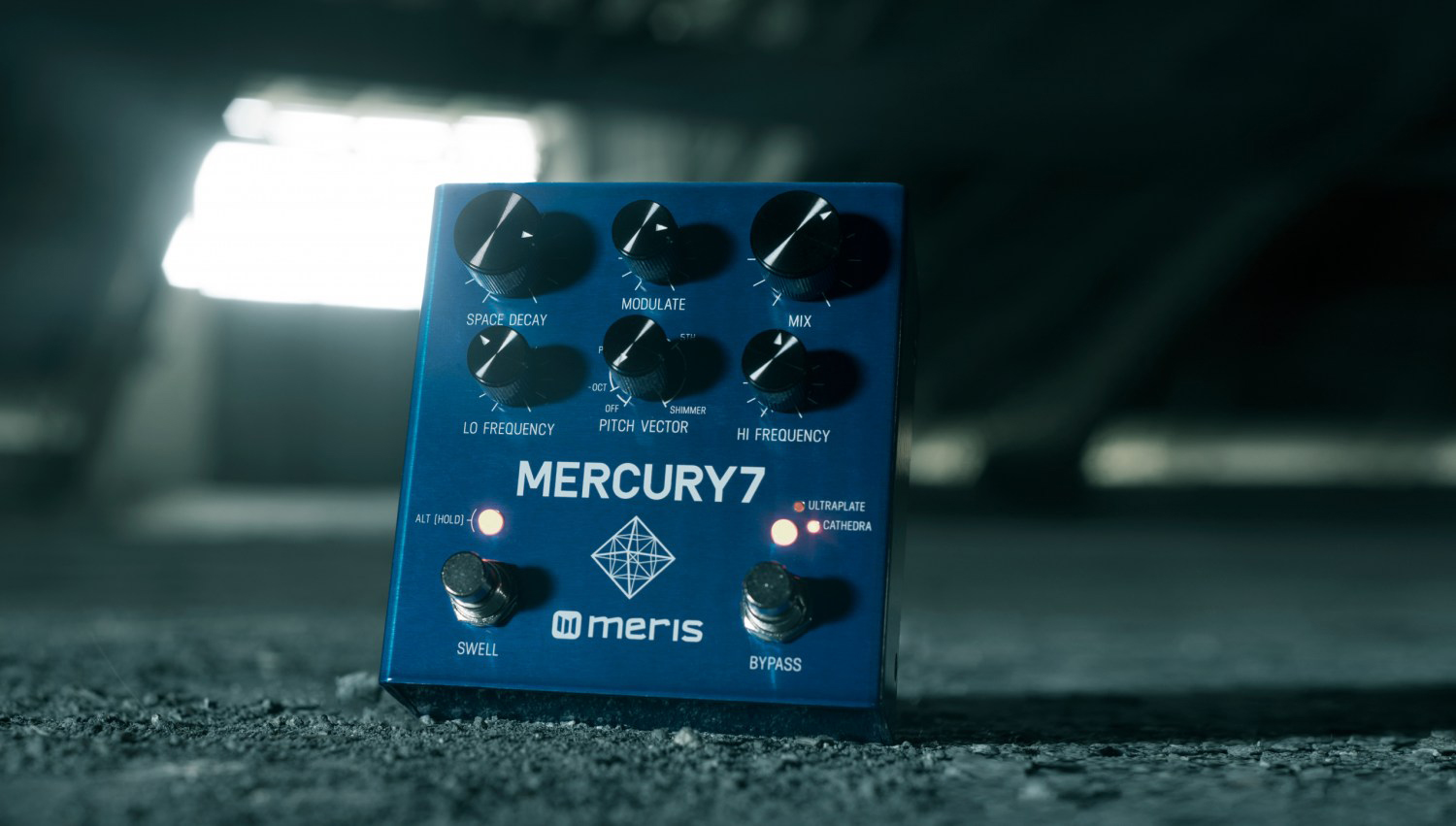
An end-of-chain reverb is, as you might have guessed, a reverb type you place at the very end of your signal chain, and the task of this reverb is to act as a master ambience effect for your entire rig.
High diffusion, a hint of modulation, the ability for both short and ultra-long decays as well as circuitry that doesn’t alter your core tone are all pivotal features for a good end-of-chain reverb. I also like it to have stereo ins and outs.
My go-to end-of-chain reverbs are the Meris Mercury7 and Neunaber Immerse Mk II, since they can both offer lush airy ambience à la plates, halls and sci-fi shimmers, as well as more mellow and organic ’verbs. That way I can perfectly fine-tune the final space for my tone to sit in.
EARLY-CHAIN REVERB
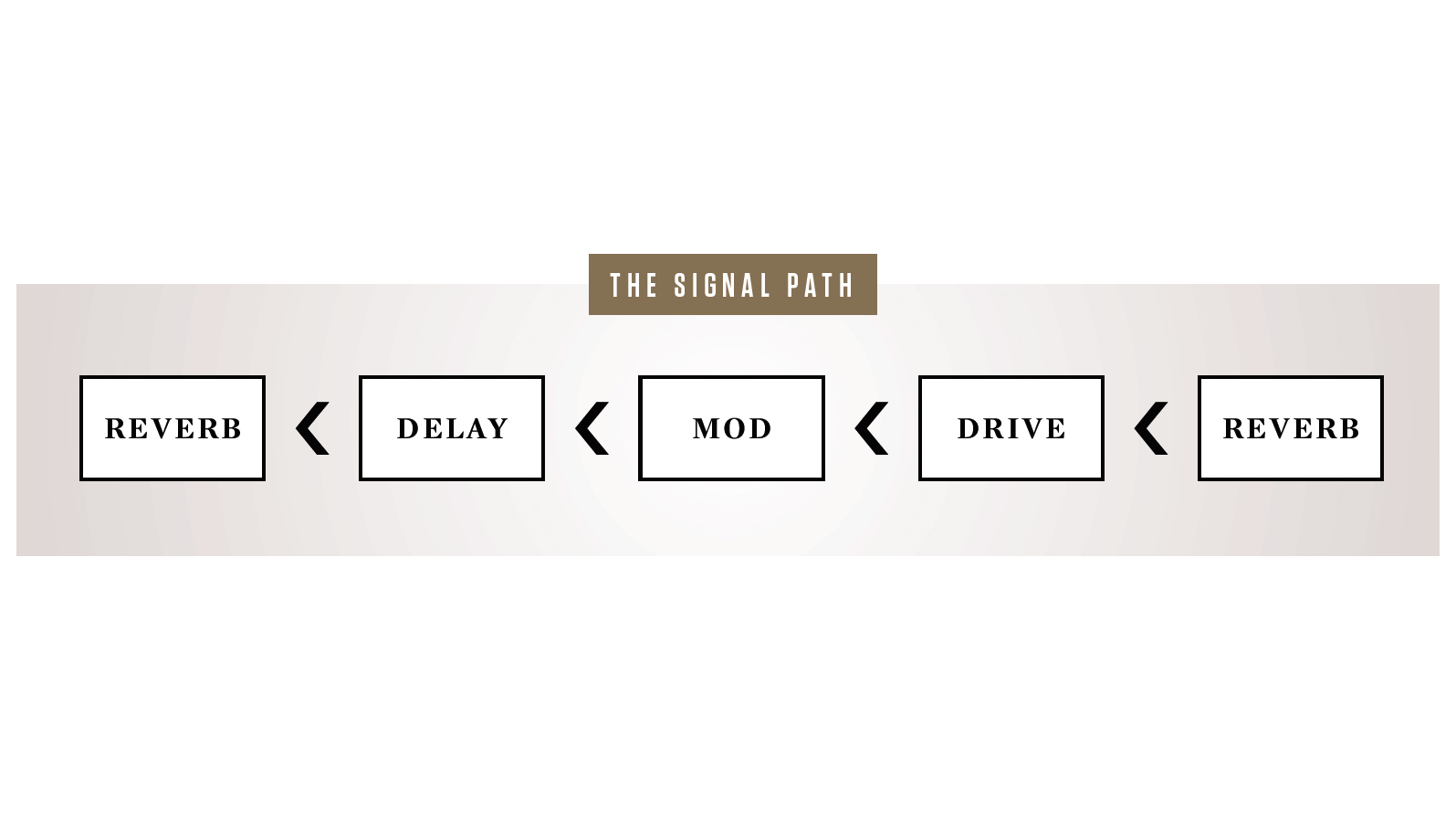
Early chain reverb is an effect you would use near the beginning of your effects chain and is aimed at more than just ambience. Here, I actually see three different types of devices: the Sustainer, the Shoegazer and the Transformer – detailed below.
Sustainer
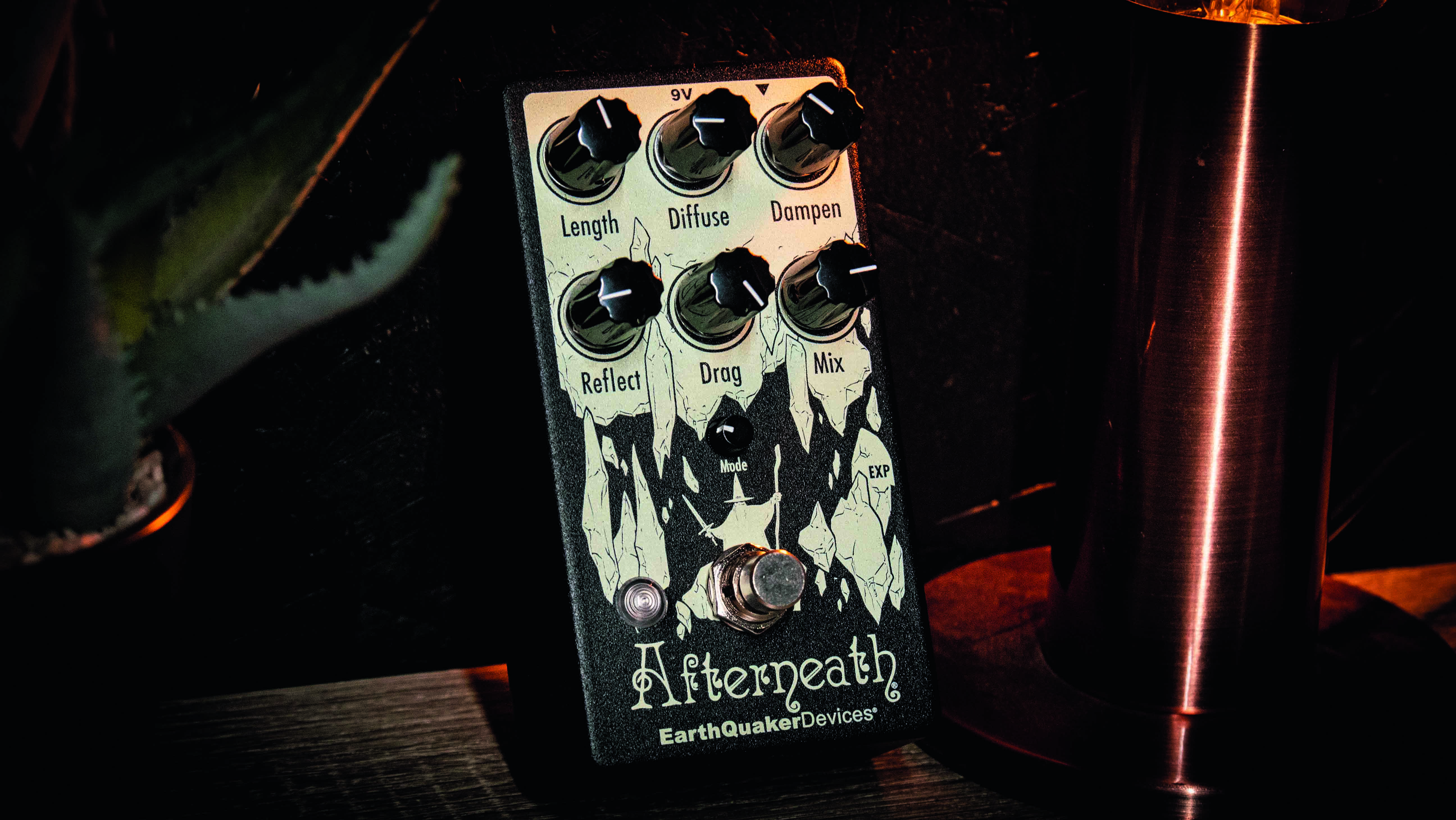
The Sustainer is a reverb type that I like to put in front of modulation devices such as phasers, flangers and tremolos in order to make those effects sustain and shimmer for longer. It’s kind of inspired by the routing of old Fender amps, where the reverb tank would sit before the tremolo circuit – but with modern-day reverb technology you can really push that concept to new intergalactic heights.
For this job you’ll need a reverb pedal that’s able to produce a really long, clear and consistent reverb decay. If you feed that into a fast, choppy tremolo and slow phaser, for instance, you can create some really cool percussive synth-like pads that keep going, even when you’re not playing.
My most used pedal for this particular job is 100 per cent the EarthQuaker Devices Afterneath, but any reverb pedal with a bright long decay will do.
Shoegazer
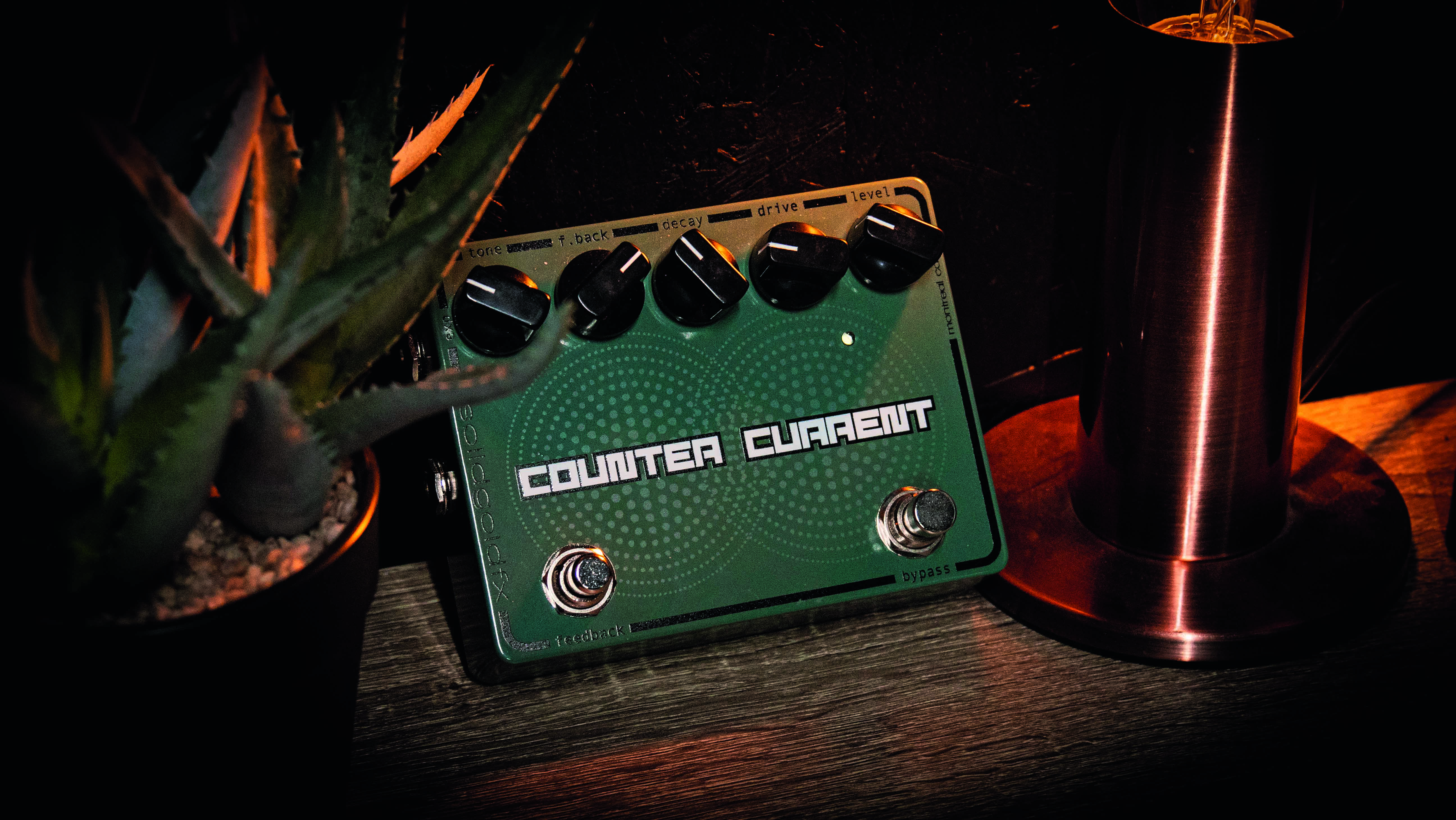
This type of reverb is great before fuzz and distortion for classic walls of shoegaze sound. I typically go for spring-like reverbs here as they’re often brighter, less diffused and have a short decay. The audible cascading short delays that make up the reverb take really well to a dense onslaught of distortion, imparting depth and an almost granular-like effect on the trails.
The Shoegazer reverb is also great for just adding a lively texture to your sound; the bouncy splashy character really makes the attack of your notes pop out more and stand out as a lovely percussive contrast to the airy and diffused end-of-chain reverb. Belton Brick pedals such as EarthQuaker Devices’ Levitation or SolidGoldFX Counter Current are great for this task. For that truly hypnotic attack-less Shoegaze sound in the vein of My Bloody Valentine, go for a reverse reverb instead.
Transformer
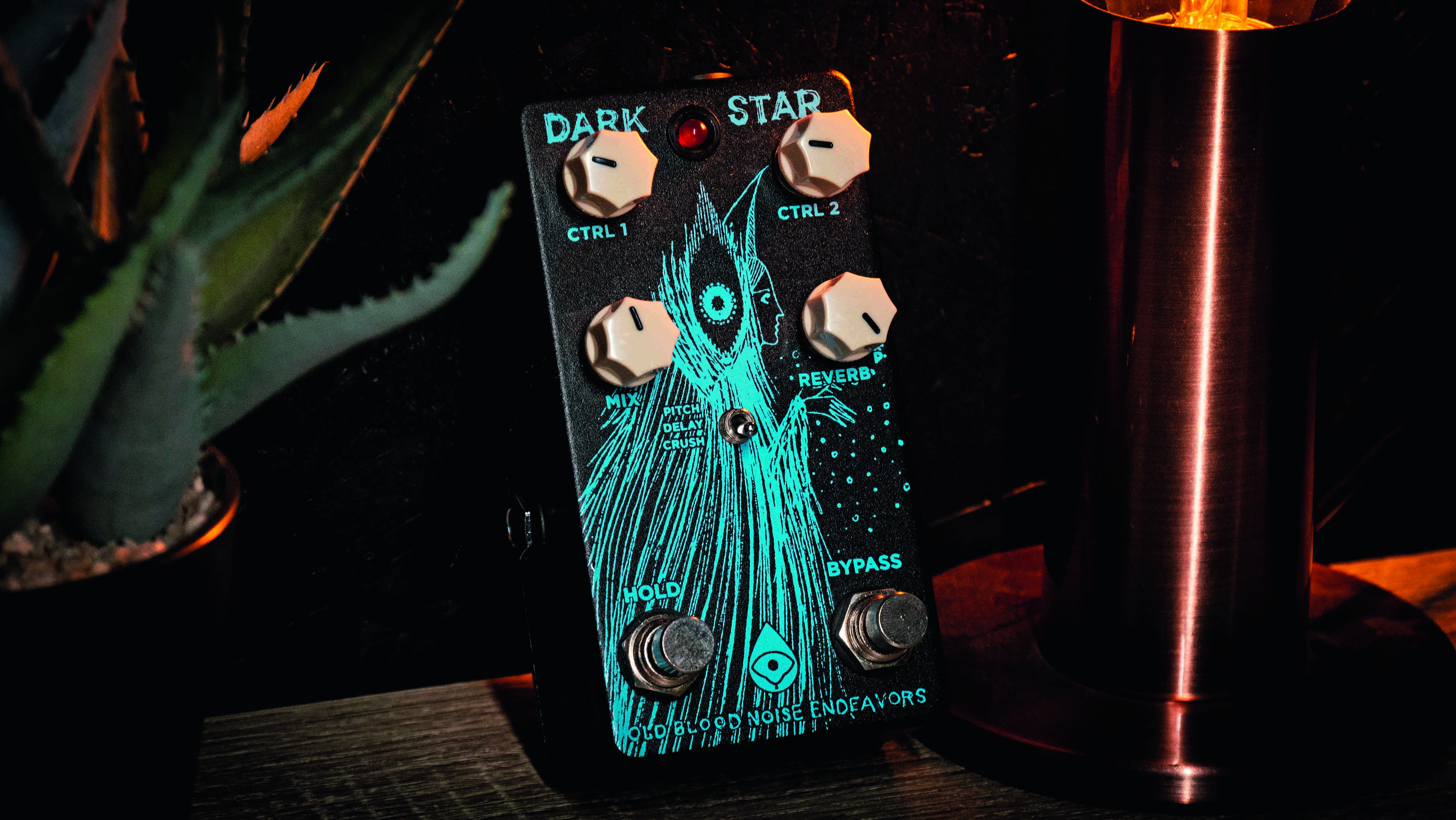
Finally, we have the Transformer. The core task of this early chain reverb is to, well, transform your guitar into something else completely. Therefore it’s essential that this reverb is dark, diffused and able to go 100 per cent wet in order to entirely remove your dry sound and alter your attack.
Preferably, it should also have extra built-in effects such as modulation, filtering or pitch shifting.
My go-tos are the Old Blood Noise Endeavors Dark Star, Chase Bliss Audio Dark World and KMA Machines Cirrus. The Dark Star set to a bit-crushed octave down and then run into a slow vibrato can create some otherworldly lo-fi cello-like sounds, while the KMA Cirrus, with its dynamically modulated low-pass filtered reverb, will create swelling and gritty fluctuating tape-like textures when run into a low-gain overdrive.
“A pedal that sings with harmonic richness and blooming touch response”: Tone King offers up boutique tube amp tones for your pedalboard with the Imperial Preamp
“Each and every unit is perfectly dialled in to the 'sweet spot' that can be so elusive to find in vintage pedals”: Pigtronix’s Gas Giant is a high-gain fuzz pedal with a FET-driven onboard noise gate









